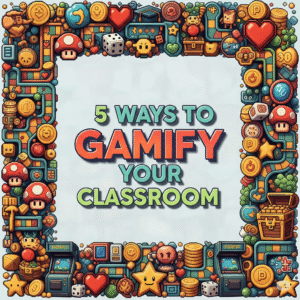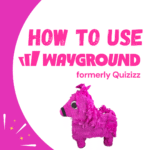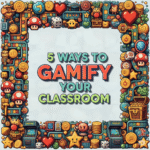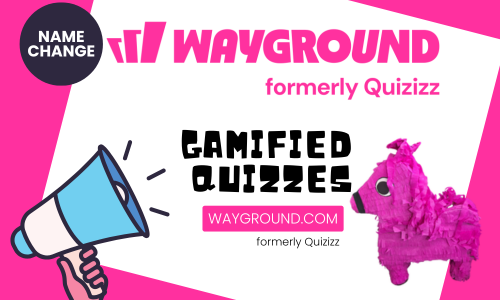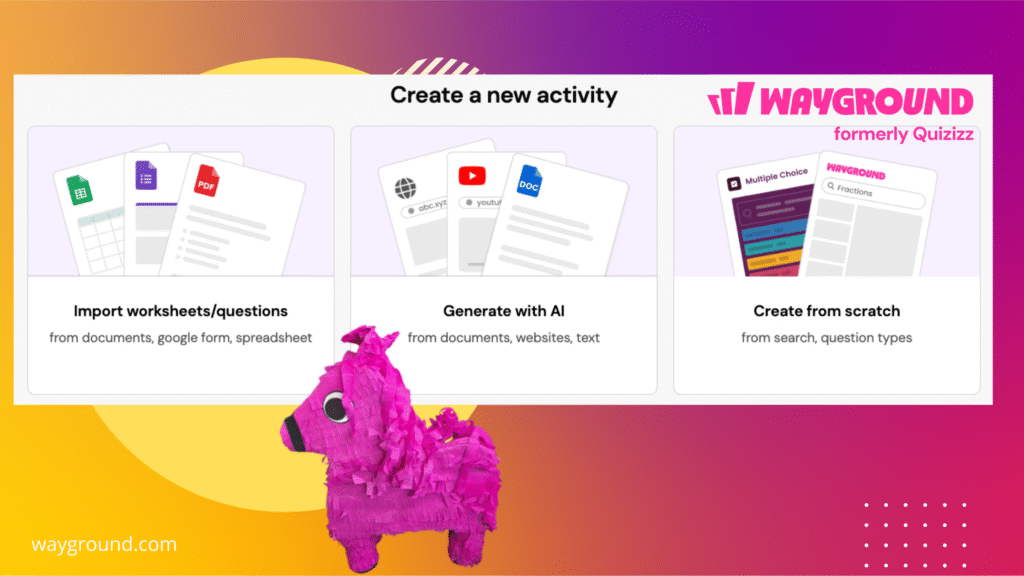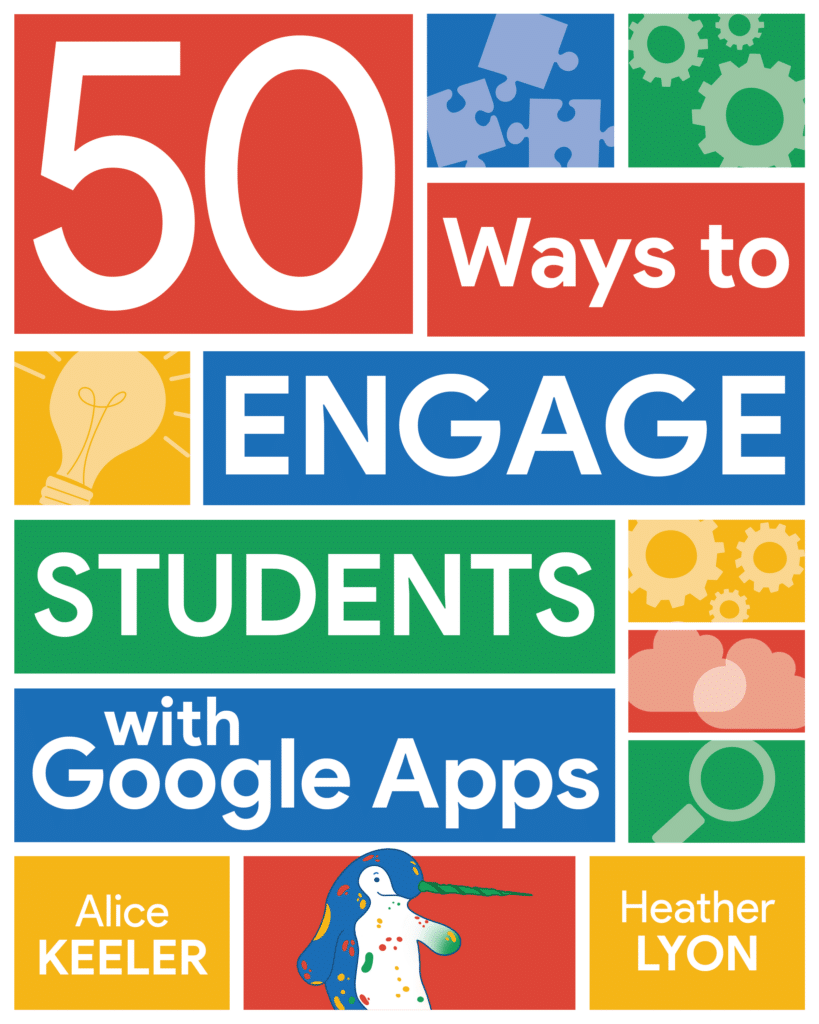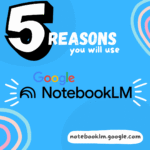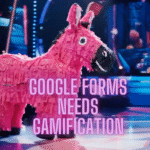Gamification works. Students are more engaged and engagement does matter. I’ve written several blog posts on the topic of gamification. Can you have too many? Please read my other posts for the difference on Game Based Learning and Gamification. Gamification isn’t about turning your classroom into an arcade; it’s about leveraging the principles of game design to create a more student-centered, engaging, and effective learning environment. Here are 5 ways to gamify your classroom:
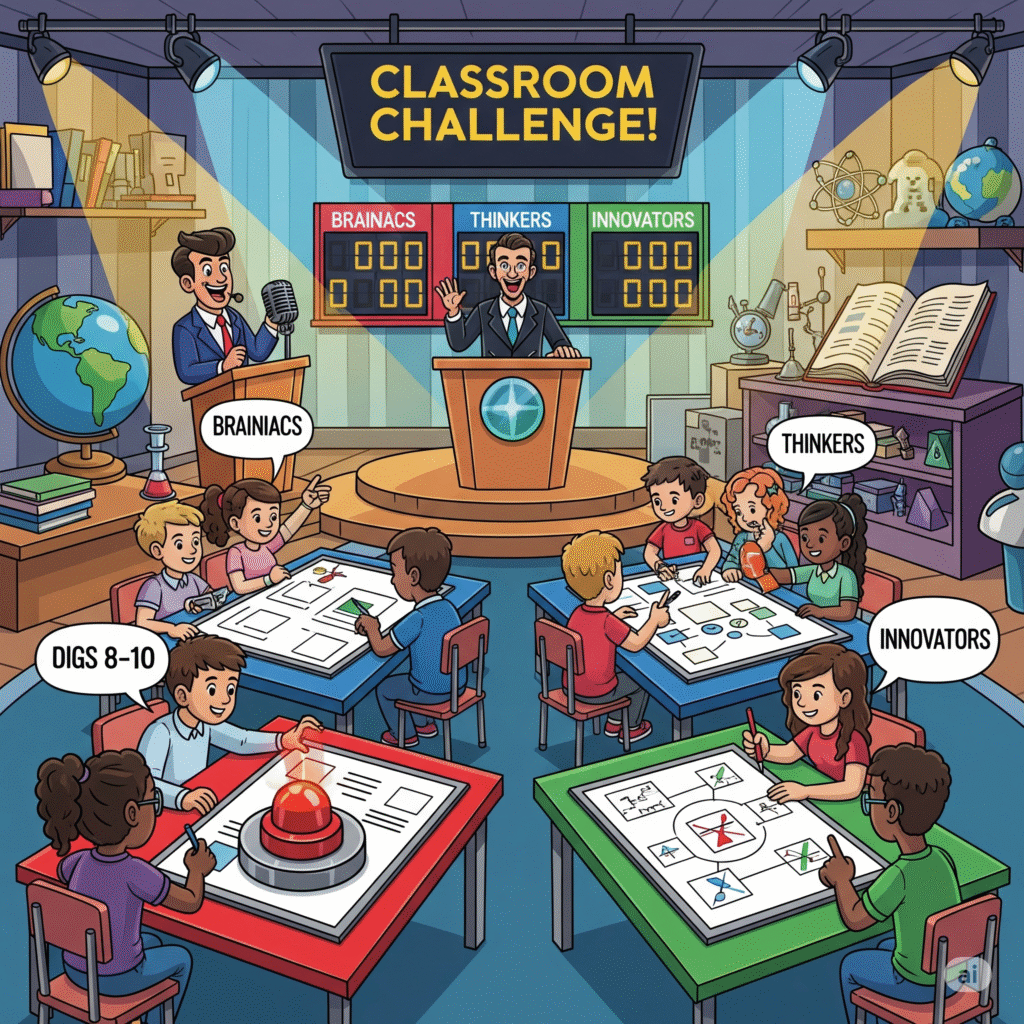
1) Choose a Gamified Platform
There are many EdTech tools that build gamification into them. These plug and play options are a great way to easily add gamification to your classroom. Not only do they provide a fun element to the lesson, they oftentimes provide valuable formative data that helps you adjust your instruction during the lesson.
One tool that is always part of my toolbox is Wayground (formerly Quizizz). Not only is it a gamified platform, but the accommodation features really make Wayground something that is essential for any classroom. Start by uploading the resources you already have and letting Wayground turn them into gamified activities.
Wayground
(formerly Quizizz)
Create gamified quizzes and activities.
Same site, new name!
2. Design a Quest-Based Learning Path
One year I turned my classroom into a quest. I created a bulletin board on the wall that was a road/trail with many obstacles made of paper cutouts and 3D paper to making it to the end. Students were on a quest to get to the end of the path and had their own avatar to indicate their progress.
The Quest is a Story
Designing a quest is all about the story. This is now easier than ever with AI. Use Google Gemini to take your list of progress points that students need to demonstrate and turn it into a theme. Here is a rough draft of an output from Gemini when I pasted my list of objectives for the unit. Tip: First brainstorm with Google Gemini for the storyline and quest titles. Then one at a time develop the individual stories and activities for each quest stop.
TemplateTab by AliceKeeler
Collects NO User Data
Loved by millions! This FREE Add-on for Google Sheets™ allows you to duplicate a graphic organizer within a spreadsheet for each student on your roster.
Quickly create tabs!!
TemplateTab allows you to have all students in the same Google Sheets™.
Or simply perform record keeping for each student in your class, with each student having a named tab.
3. Foster Collaboration with Team Challenges
Learning is a social activity. Frame your classroom activities around collaborative team challenges. Wayground has a team feature built in to make team gamification easy, however this does not necessarily create collaboration opportunities.
A team challenge is different from a typical group project. The key is to design an activity where students must think together, rather than just dividing up the work. While a game of Jeopardy might have teams, it often relies on individual knowledge rather than collective brainpower. A true team challenge requires students to combine their skills and perspectives to solve a problem. You can facilitate this quickly by using a tool like Grouper.school to create strategic teams and then presenting them with a single, complex puzzle or challenge that no single student can easily solve on their own. The goal is for them to build on each other’s ideas to arrive at a solution together.
Give teams a series of content-related puzzles to work through together. This naturally fosters communication and critical thinking. Platforms like Breakout EDU make this easy by providing a huge library of pre-made digital and physical games where teams must collaborate to crack codes and “break out” before time runs out.
4. Embed Easter Eggs and Unlockable Content
This is where we really start thinking like game designers. Games can have secrets and hidden content that reward curiosity and exploration. Hide “Easter eggs” within your materials. An Easter egg could be a hyperlink of an image a Google Slides that takes students to a bonus video. It might be a QR code on a document that unlocks a bonus challenge. You could even embed a secret word in a video message. This encourages students to engage with the content on a deeper level not because they have to but because they are curious. The reward is the thrill of discovery and the advantage of finding a clue or a helpful tip that others might miss.
5. Find the First Checkpoint
Have you ever felt paralyzed by starting a task. You know you need to do it, but you find ways to procrastinate. This happens to me all the time. I find that even if the task is important, if I don’t feel confident about the task I will procrastinate it until it never gets done and it’s too late.
This same feeling happens in our classrooms every day. When a student sees a task that feels too big or requires a skill they are not confident in, their brain can hit the brakes. It is not that they are unwilling to learn, it is that the perceived mountain is too high to climb. By thinking like a game designer, we can create a “first checkpoint” for them. This is an initial, small, and clear task that is directly related to the larger goal but is easily achievable. It provides that crucial first feeling of success, builds momentum, and gives them the confidence they need to continue on the path to the next checkpoint, making the entire learning journey feel possible.
I always thing that a student doing something rather than nothing is better. When designing an activity that perhaps some students won’t feel confident tackling, consider providing an entry point that they can feel confident about doing. I don’t make it worth as many points perhaps, but it brings them into the lesson.
Adding Gamification Doesn't Have to Be Big
Gamification CAN be really time consuming, but it doesn’t have to be. A simple move like using Wayground instead of a Google Form is a quick and easy way to start gamifying. Badges are a common way to think about gamification, but they are tricky to implement. Creating a single team challenge has never been easier when we partner up with Google Gemini. Adding story elements takes a fraction of the time when we use Google Gemini to get past the blank page freeze of trying to think of a theme idea. Pulling in a few gamification strategies into your classroom can make a big impact on student engagement.

